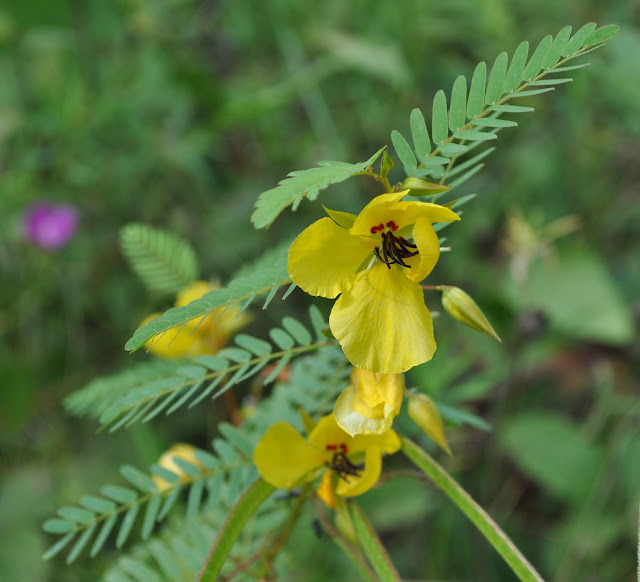Why Remove a Perfectly Healthy Tree? Understanding the Impact of Invasive Species
A week or two ago I shared a USA Today post on FB about the dangers of Bradford pear trees, urging my friends and family to remove them if they had any growing on their property. One response surprised me: "I don't think cutting down perfectly healthy trees is ever a good decision."
But, if it's invasive and proven dangerous to the environment, why WOULDN'T you cut it down? I replied and briefly highlighted why this particular tree needed to go, but got nothing but crickets.
It's possible that the commenter doesn't understand the dangers that invasive species pose. It's sometimes hard to see that with plants, since they can't move on their own. And given the "plant all the trees" mantra the general public has been exposed to in response to climate change, it's reasonable to assume that if you don't realize why invasives shouldn't be saved you would think these trees are worth saving.
They're not.
It probably comes as no surprise that state governments move very, very slowly when it comes to addressing invasive plants. Florida allows most of the native plants on its Class I and II lists to be sold within the state. However, some states are waking up to the danger posed by this tree.
To date, Ohio and Pennsylvania have totally banned the sale of all Bradford pear trees. South Carolina's ban goes into effect in late 2024. Many other states lack bans but strongly encourage residents NOT to plant Bradford pears (sometimes called Callery pears, which were the Bradford's forerunners). In other areas, counties and landowners are working together to cut down entire fields of Bradford pear trees.
But why? What makes a tree "bad"? For the Bradford, the list of cons looks like this:
- Spreads very rapidly, particularly in native grasslands and meadows
- Forms dense, impenetrable thickets that crowd out native plant and tree species, including maple, dogwood, oak, hickory, and pine
- Does not support native insect populations, which means it's a poor source of food for birds and other wildlife
- Can cross-pollinate with other pear trees
- Blooms very early, shading out native species
- Weak branches are susceptible to breaking in wind and causing property damage or injuries when they fall



Comments
Post a Comment